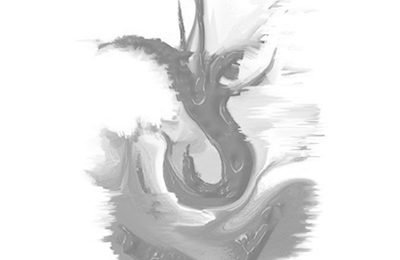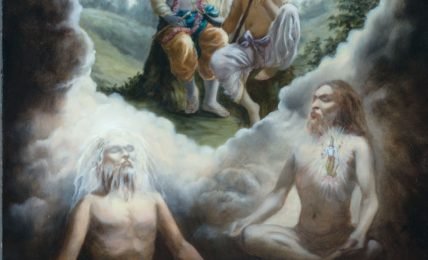Hindutva for All
It is evident that there is clear separation of religion (Moksha) from other three aspects-Dharma, Artha and Kaama. The King or State's role is to ensure this framework is followed and the foundation- "Dharma", is not compromised. King or State is agnostic to Moksha, as the primary focus of the state is to maintain Dharma.






धाराणात् इति धर्म – That which bears / sustains, is dharma. That is the key definition. What does it bear or sustain? Anything under its purview. For an individual life – it is swadharma; for a king, it is Raja Dharma. The tenets of Dharma, the framework if you will, ensure that the society is sustained in a functional state well beyond the life time of an individual. Just something to think about.